Companion Flowers That Will Make Your Grapes Thrive
Companion Flowers That Will Make Your Grapes Thrive
Grapevines are a beautiful and rewarding plant to grow, but they can be susceptible to pests and diseases. Companion planting is a great way to help your grapes thrive by attracting beneficial insects, deterring pests, and improving soil health.
In this blog post, we will discuss some of the best companion flowers for grapes. We will also provide tips on how to plant and care for these flowers so that you can create a thriving grape garden.
What are Companion Plants?
Companion plants are plants that are grown together for their beneficial effects on each other. Some companion plants attract beneficial insects, such as ladybugs and lacewings, which help to control pests. Other companion plants improve soil health by fixing nitrogen or suppressing weeds.
Why Companion Plant with Grapes?
Grapes can benefit from companion planting in a number of ways. Some of the benefits of companion planting with grapes include:
- Attracting beneficial insects: Companion plants that attract beneficial insects can help to control pests that can damage grapes. Some good companion plants for attracting beneficial insects include yarrow, marigolds, and nasturtiums.
- Improving soil health: Companion plants that fix nitrogen or suppress weeds can help to improve the health of the soil around your grape vines. This can lead to healthier vines and better fruit production.
- Providing shade: Some companion plants can provide shade for grape vines, which can help to protect them from the hot sun. This is especially important in warm climates.
- Distracting pests: Some companion plants have strong scents that can distract pests from your grape vines. This can help to reduce the amount of damage that pests cause.
What Flowers Are Good Companion Plants for Grapes?
There are many different flowers that can be good companion plants for grapes. Some of the most popular choices include:
- Alyssum: Alyssum is a low-growing annual flower that attracts beneficial insects such as hoverflies. It also helps to suppress weeds and improve soil drainage.
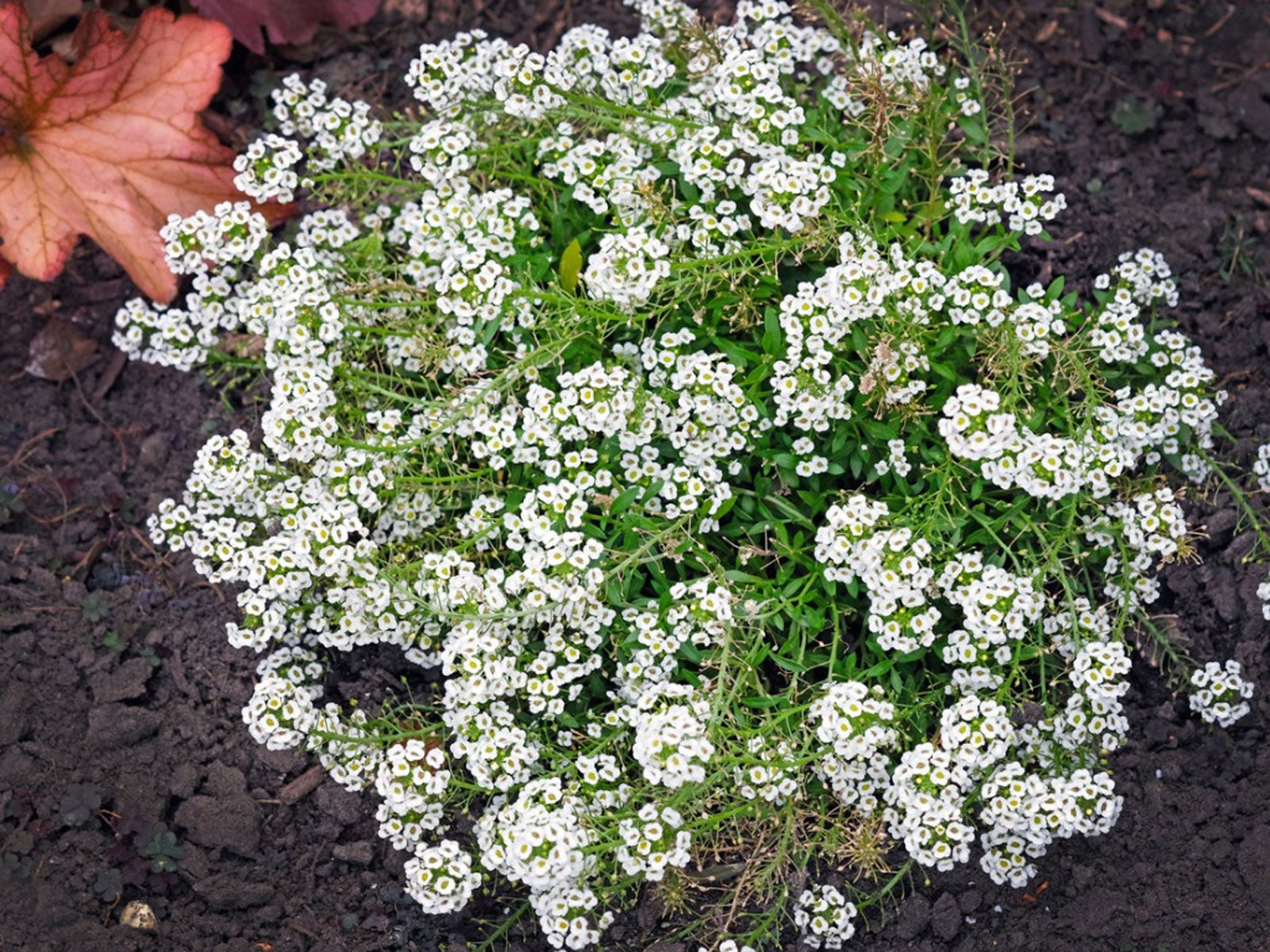
- Basil: Basil is a fragrant herb that repels many pests, including aphids, mosquitoes, and whiteflies. It also attracts pollinators such as bees and butterflies.
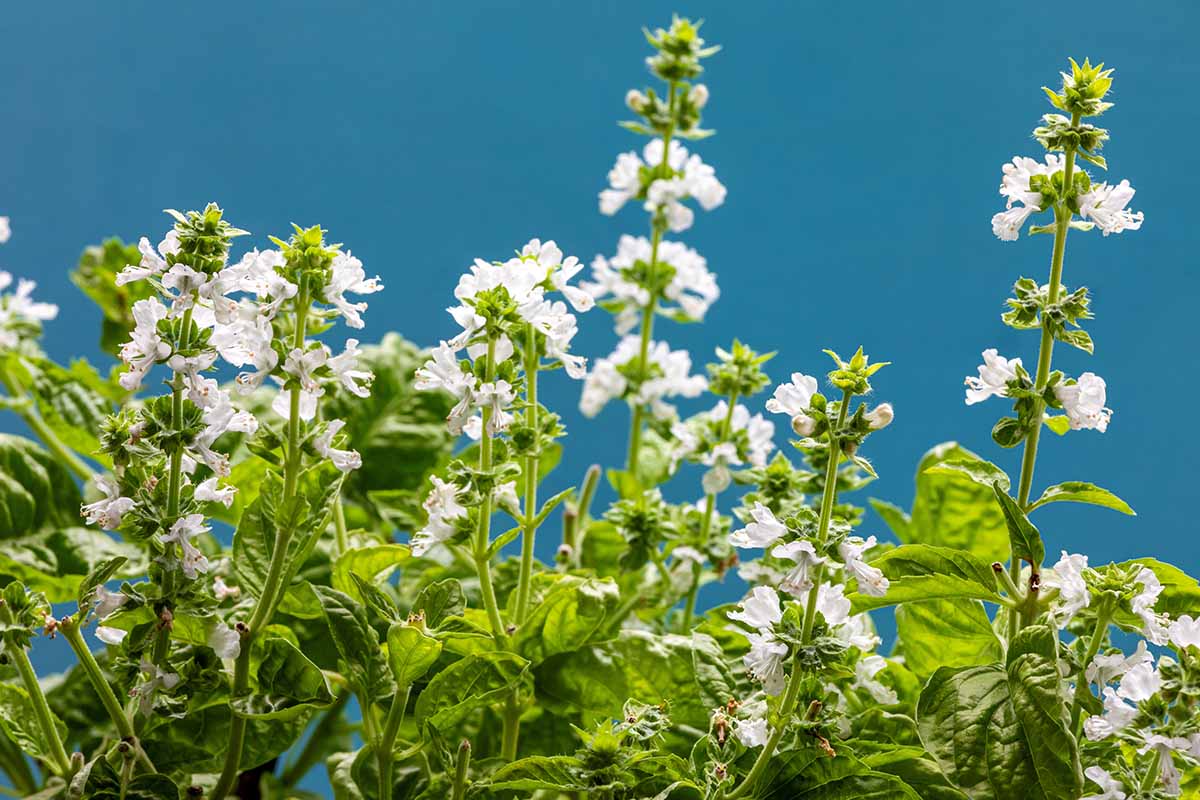
- Clover: Clover is a nitrogen-fixing plant that can help to improve the soil around your grape vines. It also attracts pollinators and beneficial insects.

- Chives: Chives are another nitrogen-fixing plant that can help to improve soil health. They also repel pests such as aphids and spider mites.

- Geraniums: Geraniums are colorful flowers that attract beneficial insects such as ladybugs and lacewings. They also help to suppress weeds.
- Marigolds: Marigolds are another flower that attracts beneficial insects. They also help to repel nematodes, which can damage grape roots.

- Nasturtiums: Nasturtiums are edible flowers that attract beneficial insects and deter pests. They also help to suppress weeds.

- Yarrow: Yarrow is a tall, daisy-like flower that attracts beneficial insects such as ladybugs and lacewings. It also helps to improve soil drainage and suppress weeds.

How to Plant Companion Flowers with Grapes
When planting companion flowers with grapes, it is important to choose flowers that will thrive in the same conditions as your grape vines. You should also plant the flowers in a location that receives the same amount of sunlight as your grape vines.
To plant companion flowers with grapes, simply dig a hole that is twice as wide and as deep as the root ball of the flower. Place the flower in the hole and backfill with soil, tamping down gently to remove any air pockets. Water the flower well and mulch around the base to help retain moisture.
How to Care for Companion Flowers with Grapes
Once your companion flowers are planted, you will need to care for them in the same way that you care for your grape vines. This includes watering, fertilizing, and weeding. You may also need to deadhead spent flowers to encourage new growth.
By companion planting with grapes, you can help to create a thriving garden that is both beautiful and productive. With a little planning, you can enjoy delicious grapes and beautiful flowers for years to come.
Companion planting is a gardening practice that involves planting certain plants together to benefit each other. When it comes to grapes, there are a number of companion flowers that can help to improve their growth and yield.
Some of the best companion flowers for grapes include:
- Marigolds: Marigolds are known for their pest-repelling properties. They can help to keep away aphids, whiteflies, and other common grape pests.
- Lavender: Lavender is another fragrant flower that can help to deter pests. It also attracts beneficial insects, such as ladybugs and lacewings, which can help to control pests.
- Tansy: Tansy is a tall, flowering herb that can help to improve the soil around grapevines. It also attracts beneficial insects and helps to repel pests.
- Geraniums: Geraniums are colorful flowers that can add a splash of beauty to any garden. They also help to repel pests and attract beneficial insects.
- Beans: Beans are nitrogen-fixing plants, which means they can help to improve the soil around grapevines. They also provide shade for the grapevines, which can help to protect them from the sun.
If you're looking to improve the growth and yield of your grapevines, consider planting some of these companion flowers nearby. For more information about companion planting for grapes, please visit Gardenia Inspiration.
FAQ of companion flowers for grapes
- What are some good companion flowers for grapes?
Some good companion flowers for grapes include:
- Marigolds: Marigolds have a strong scent that helps to repel aphids, whiteflies, and other common grape pests.

- Lavender: Lavender is another fragrant flower that can help to deter pests. It also attracts pollinators, which can help to increase the fruit yield of your grapes.

- Yarrow: Yarrow is a drought-tolerant flower that can help to improve the soil structure around your grapevines. It also attracts beneficial insects, such as ladybugs and lacewings, which can help to control pests.

- Tansy: Tansy is a flowering herb that can help to repel pests and attract pollinators. It is also a good choice for companion planting with grapes because it prefers similar soil conditions.

- Rosemary: Rosemary is a fragrant herb that can help to deter pests and attract pollinators. It also grows well in the same climate as grapes, making it a good companion plant.
- What should I avoid planting near my grapes?
Some plants that you should avoid planting near your grapes include:
- Cabbage: Cabbage can attract pests that can also damage grapes.
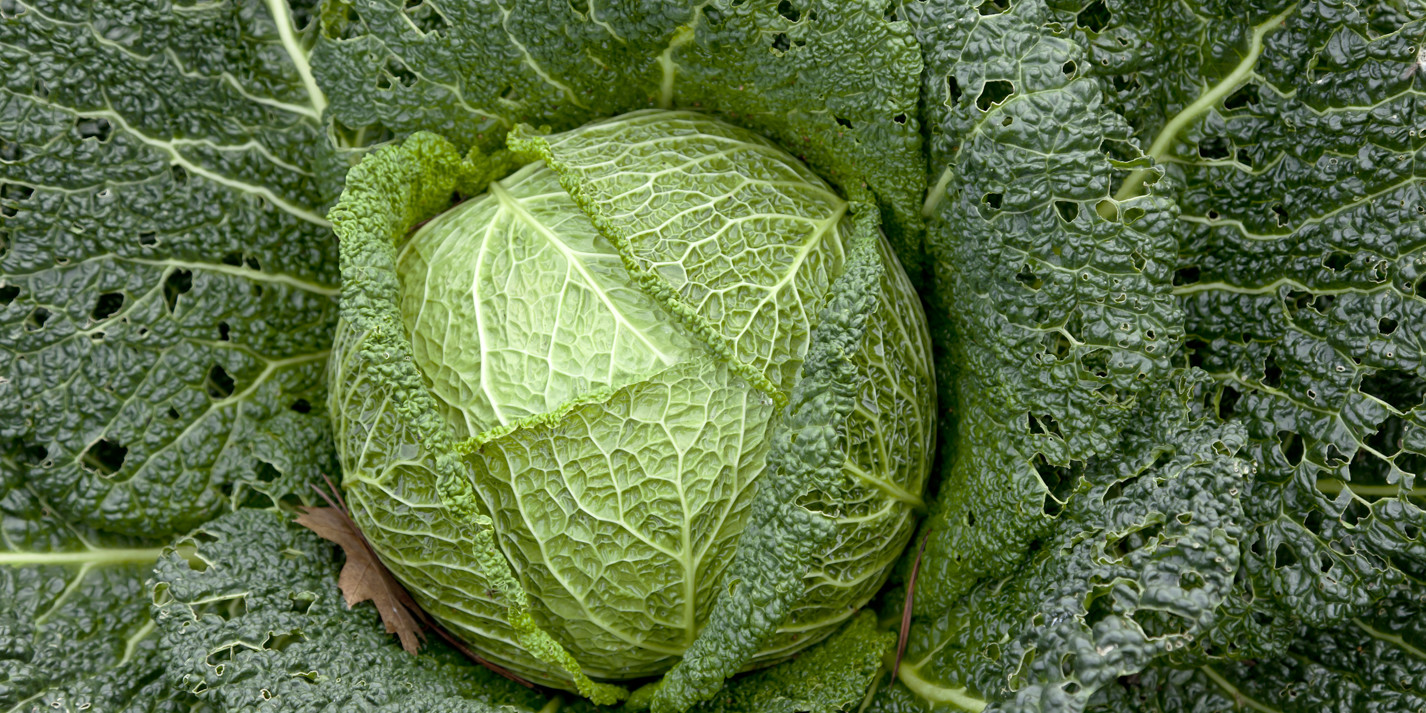
- Radishes: Radishes can compete with grapes for nutrients.
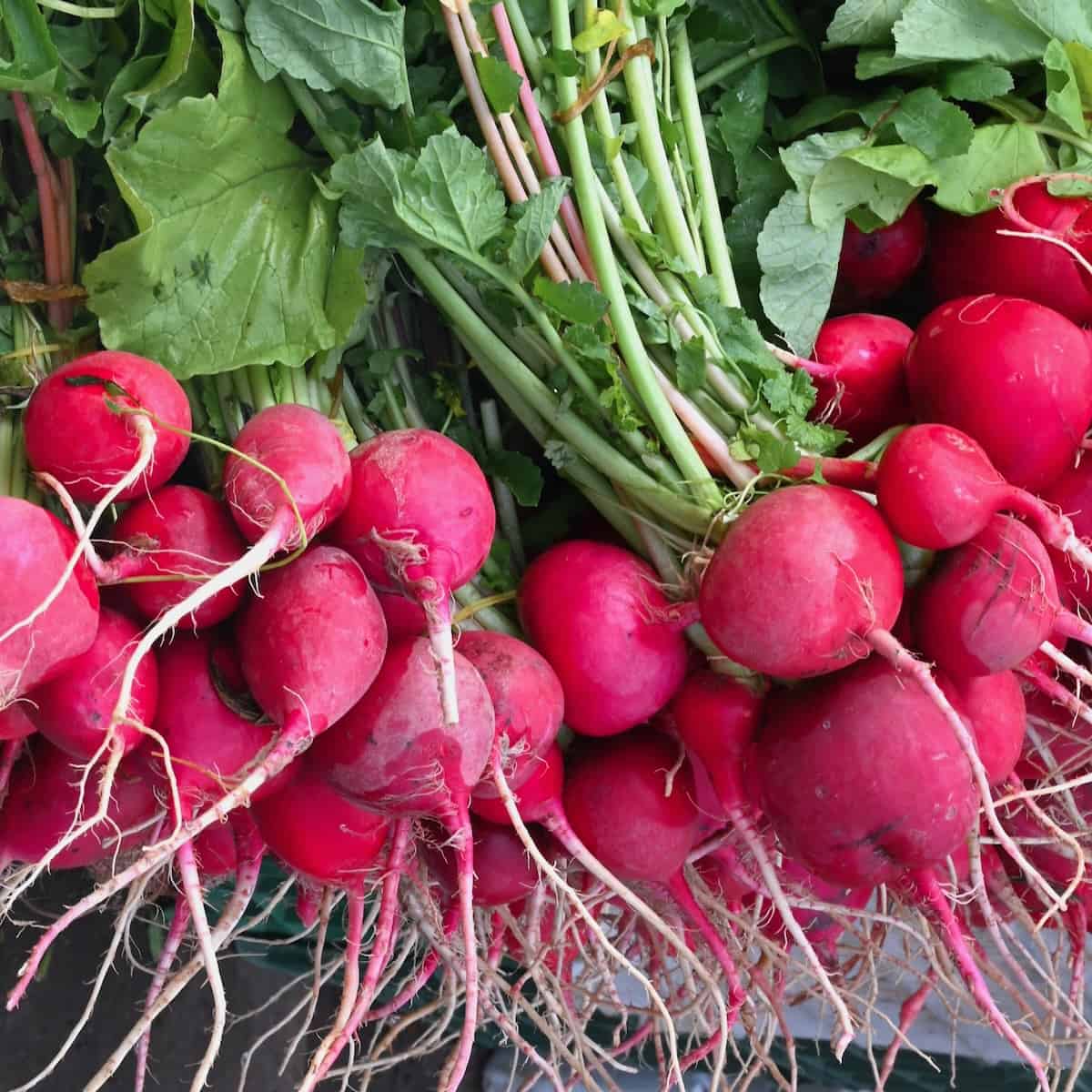
- Peas: Peas can harbor pests that can also damage grapes.

- Beans: Beans can compete with grapes for water and nutrients.
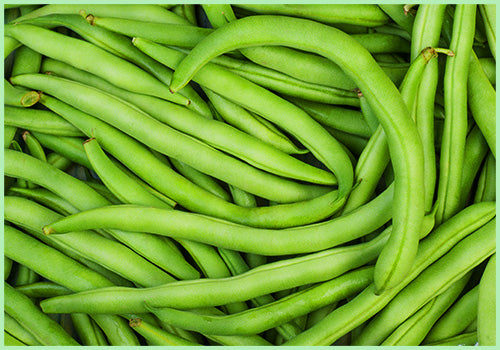
- Tomatoes: Tomatoes can attract pests that can also damage grapes.
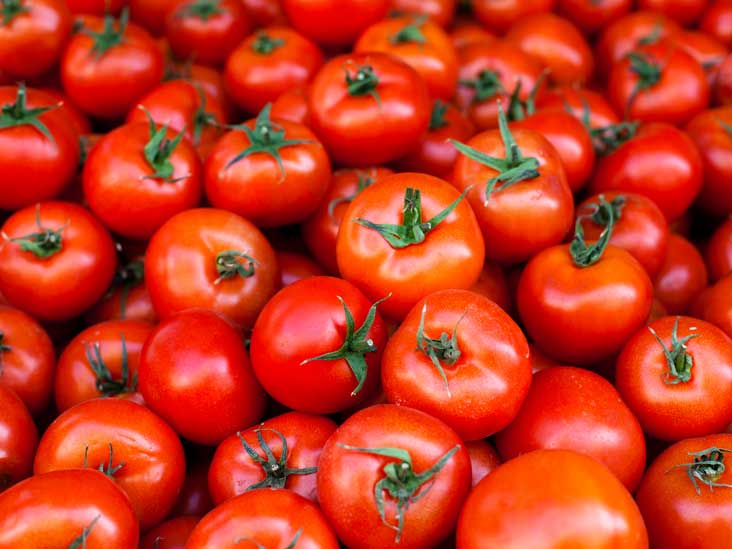
- How far apart should I plant companion flowers and grapes?
The best distance to plant companion flowers and grapes depends on the size of the plants. In general, you should plant companion flowers at least 12 inches away from grapes. If the companion flowers are taller than the grapes, you may need to plant them even further away.
- When should I plant companion flowers with my grapes?
You can plant companion flowers with your grapes in the spring or fall. If you are planting in the spring, make sure to plant the companion flowers before the grapes start to grow. If you are planting in the fall, plant the companion flowers after the grapes have finished fruiting.
- How do I care for companion flowers and grapes?
Both companion flowers and grapes need full sun and well-drained soil. You should water them regularly, especially during hot, dry weather. You should also fertilize them every few months.
Image of companion flowers for grapes
5 different images of companion flowers for grapes from Pinterest:
- Marigolds are a good companion for grapes because they help to repel pests. They also add a splash of color to the garden.

- Nasturtiums are another good companion for grapes. They help to attract pollinators, which are important for grape pollination. They also add a touch of tropical flair to the garden.

- Sweet alyssum is a low-growing plant that helps to suppress weeds around grape vines. It also blooms for a long period of time, providing color and interest in the garden.
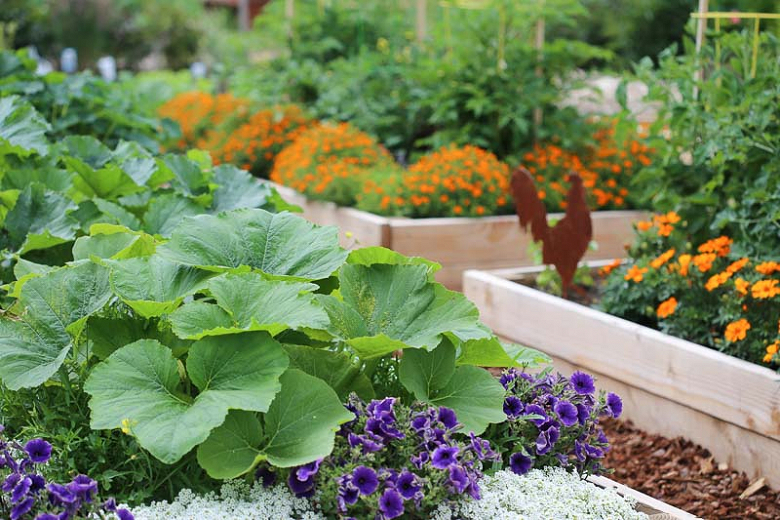
- Lavender is a fragrant herb that helps to repel pests and attract pollinators. It also adds a touch of elegance to the garden.
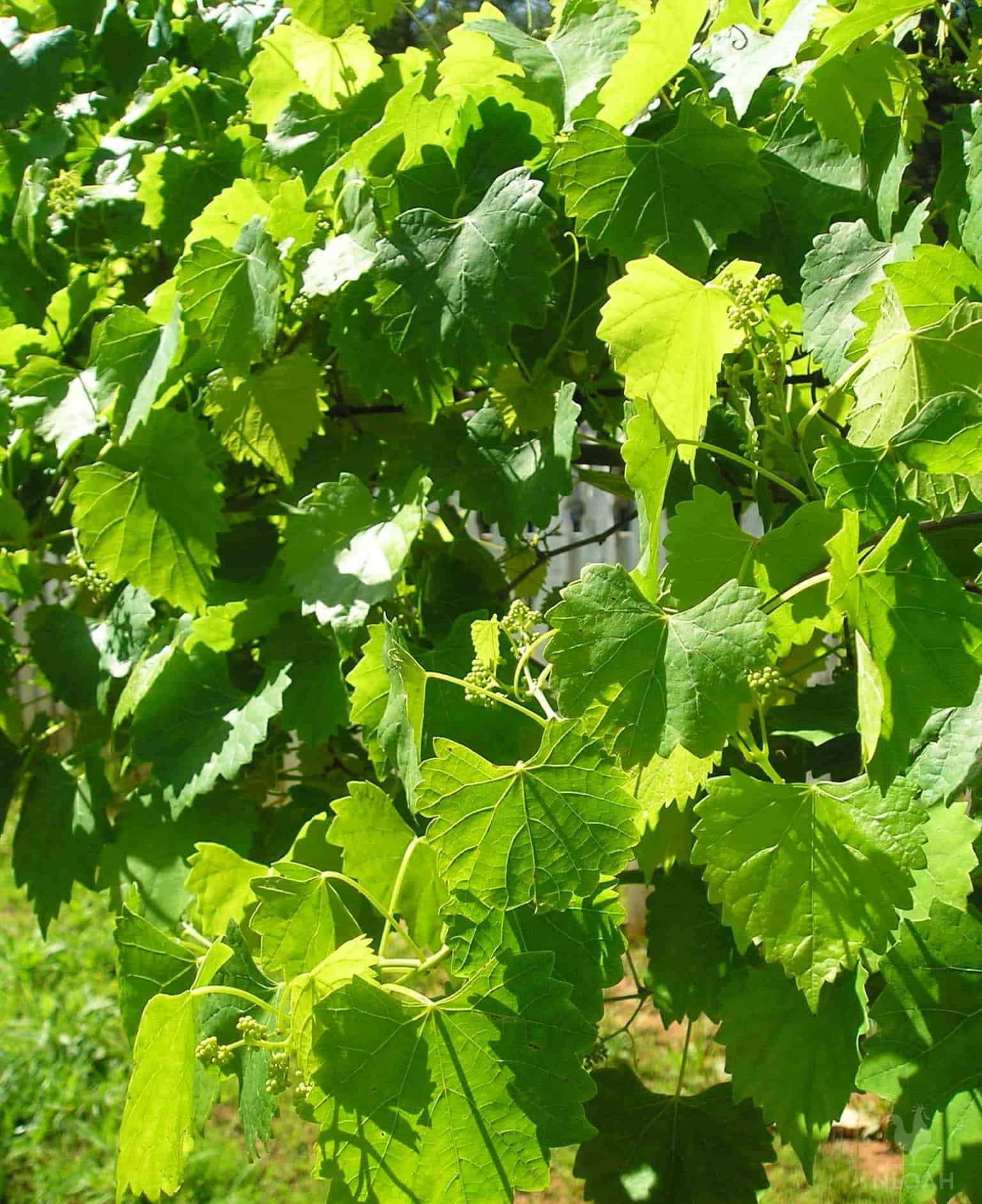
- Chamomile is a daisy-like flower that helps to improve the soil around grape vines. It also blooms for a long period of time, providing color and interest in the garden.

Post a Comment for " Companion Flowers That Will Make Your Grapes Thrive"